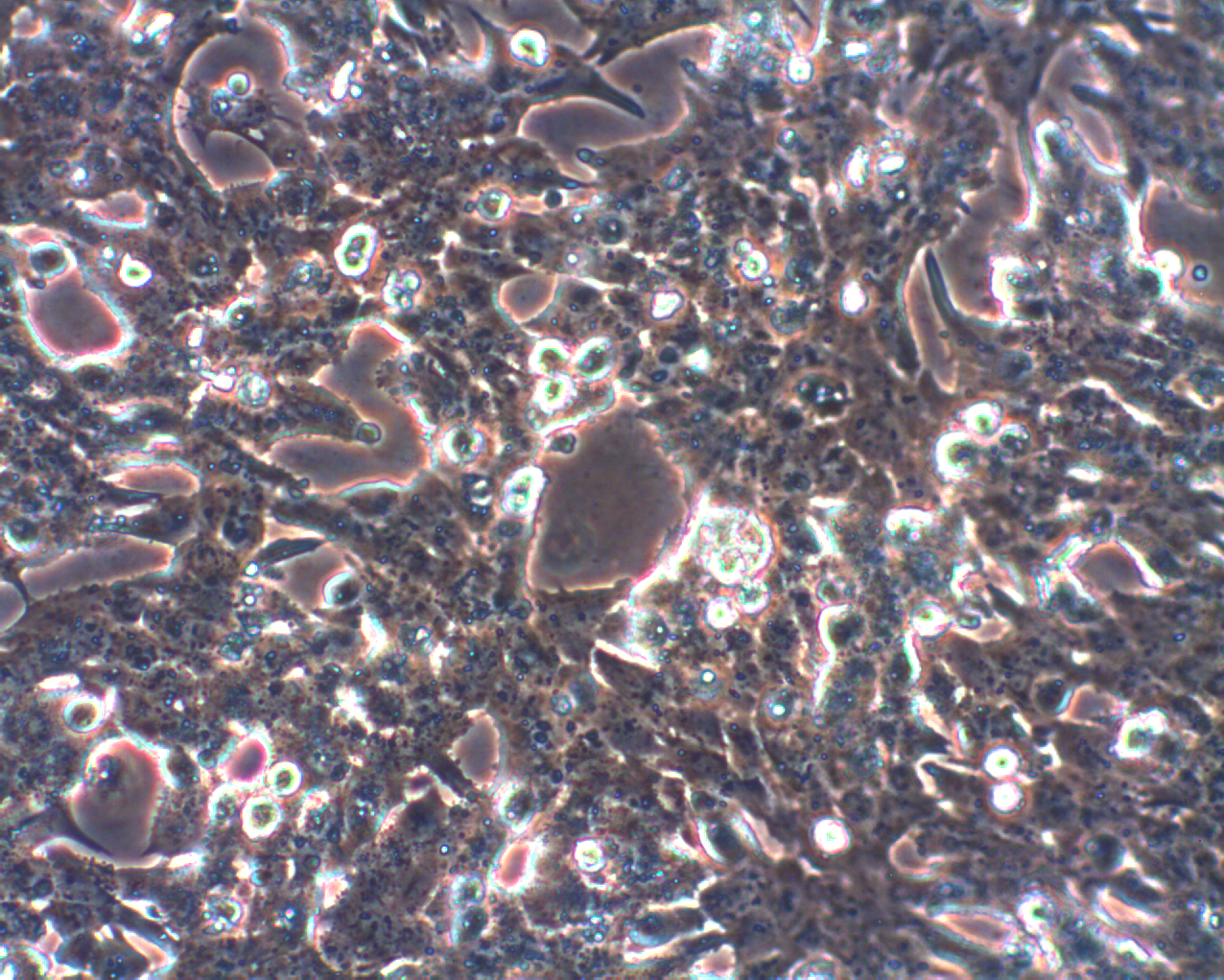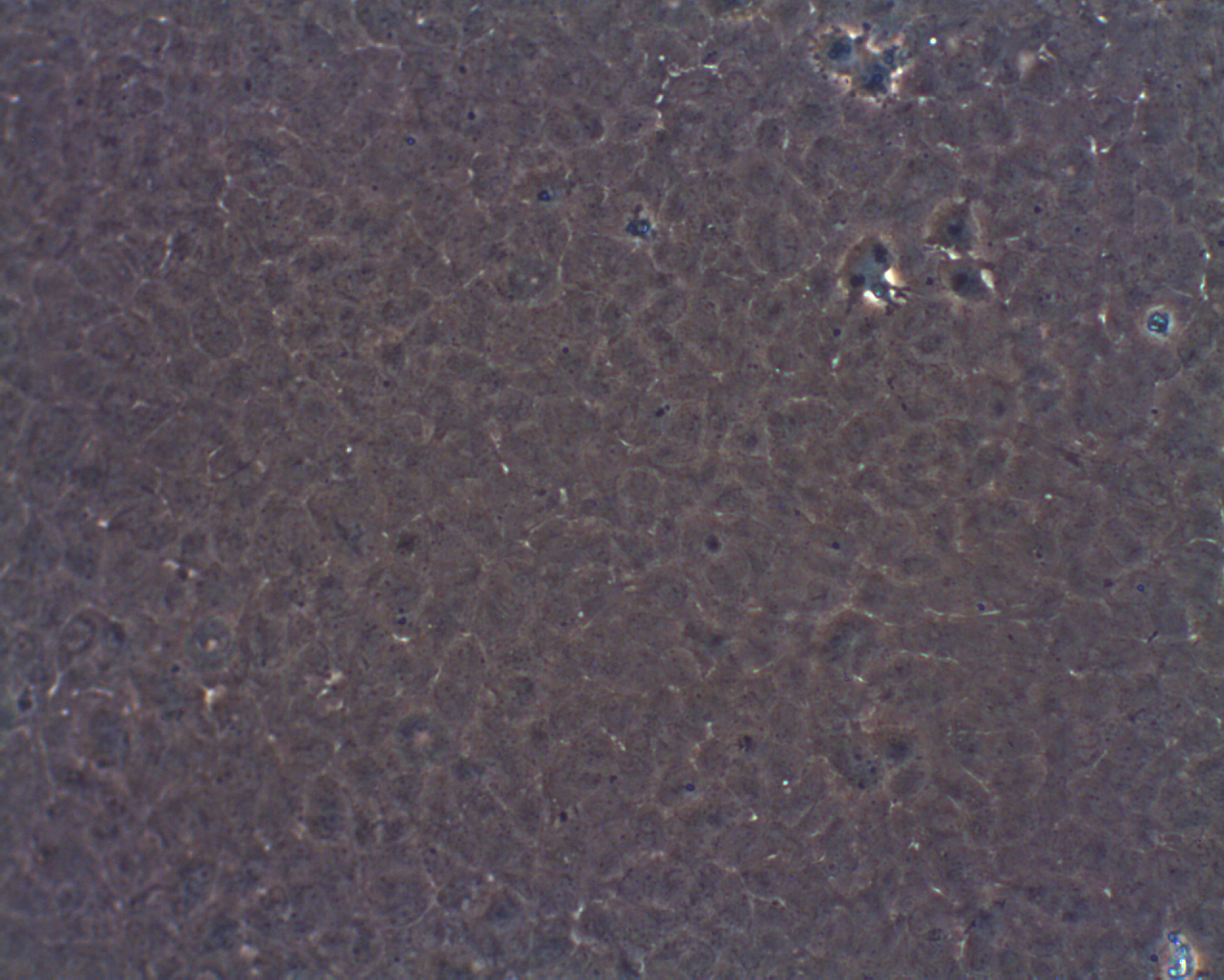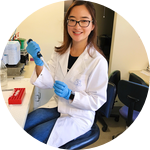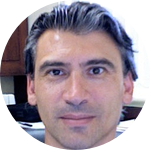Project Results
I presented the findings from this project at both the annual ARVO meeting in Honolulu, Hawaii and the International Society for Eye Research (ISER) biennial meeting this year showing the interplay of two growth factors, epidermal growth factor (EGF) and transforming growth factor-beta (TGFb) in the development of cataract. By blocking EGFR signaling, we were able to show that TGFb-driven cataract could also be blocked. This opens a novel drug-based strategy for the treatment of cataract. The results of our work have just been published here. Thank you everyone for your generous support of my PhD project! Best wishes, Daisy
About This Project
Cataract is the leading cause of blindness worldwide. The lens in our eye is important for focusing images sharply onto the retina. During cataract, the lens becomes cloudy and as a result, our vision becomes blurred and if it is severe enough, can lead to blindness. The aim of our research is to understand how the lens cells turn into a cataract and investigate novel ways of blocking this process from occurring, thereby curing cataract.
Ask the Scientists
Join The DiscussionWhat is the context of this research?
Work in our laboratory has implicated a growth factor known as transforming growth factor-beta (TGFβ) in transforming normal lens cells into cataract cells. Having discovered this, we have now been focusing on the mechanisms underlying how TGFβ causes this transformation to take place. We have previously shown that TGFβ can activate different proteins such as Nox4 and ERK1/2 and it is these proteins that enable normal cells to transform into cataract cells. TGFβ has been shown to activate EGFR in cancer studies and the aim of the current project is to explore whether EGFR is also important in cataract formation and whether blocking EGFR will prevent cataract formation.
What is the significance of this project?
This research is important in helping us develop a cure for cataract. Cataract surgery is currently the only means of treating cataract and as with any surgery, it is not without its complications. By understanding the mechanisms underlying the formation of cataract, we can potentially find a safe, effective and non-invasive way of blocking cataract through the use of an eye-drop.
What are the goals of the project?
The goal of this project is to explore the role of EGFR in cataract formation. We will firstly investigate whether TGFβ is able to activate EGFR in our lens cells. Next, we will explore whether blocking EGFR will also block the ability of TGFβ to cause cataract in our lens cells. This experiment will involve three groups: control (nothing added), TGFβ only and TGFβ plus an EGFR inhibitor known as PD153035. We will observe the changes in our lens cells using a microscope over a period of 5 days and then quantify and compare the changes in protein and gene expression between these groups.
Budget
The funds will help us complete our experiments in understanding how normal lens cells transform into cataract cells. We will be culturing normal lens cells and treating them with various growth factors and observing changes in their appearance under the microscope using immunofluorescence imaging. We will also be quantifying the protein and gene changes that these cells undergo as they transform into cataract cells by performing Western blots and real-time quantitative PCR.
Endorsed by
 Project Timeline
Project Timeline
The first experiment investigating whether TGFβ activates EGFR in lens cells will take two weeks to complete. We will next investigate whether the EGFR inhibitor, PD153035, is able to block the effect of TGFβ. This will take 3 months as we will need to perform a dose-response to determine the correct concentration of PD153035 to use. We will also be performing immunofluorescence, western blotting and real-time quantitative PCR comparing control, TGFβ and TGFβ + PD153035.
Sep 28, 2017
Project Launched
Nov 17, 2017
Western blot investigating whether TGFβ activates EGFR
Dec 01, 2017
Immunofluorescence investigating whether PD153035 blocks TGFβ in lens cells
Jan 12, 2018
Western blot investigating whether PD153035 blocks TGFβ in lens cells
Feb 02, 2018
Real-time quantitative PCR investigating whether PD153035 blocks TGFβ in lens cells
Meet the Team
Affiliates
Team Bio
Our team works in the Lens Research Laboratory headed by Professor Frank Lovicu at the University of Sydney. We are passionate about lens research from understanding how the lens develops during embryology to how it can transform into cataract in later life. We are a molecular biology laboratory and are fascinated by the changes in protein and gene expression that these lens cells undergo.
Daisy Shu
I'm a third year PhD student in the Lens Research Laboratory at University of Sydney, Australia. My research explores the cell signalling pathways that trigger the formation of cataract. When I'm not in the lab doing experiments, I'm baking, watching movies, reading Murakami novels or taking photos of my food.
Professor Frank J. Lovicu
Professor of Ocular Cell and Developmental Biology. Sub-Dean (Postgraduate Research). School of Medical Sciences. Anatomy & Histology | Bosch Institute and Save Sight Institute. THE UNIVERSITY OF SYDNEY, NSW. Australia.
Shannon Das
Hi everyone and thanks for checking out our project!
I'm a 3rd year PhD candidate in the Lens Research Laboratory. My project is looking at implicating a particular protein in the onset of cataract. With any luck, we'll find that this protein plays a significant role in the onset of cataract. So that we can then implement strategies to block it and, hopefully, block the formation of cataract.
Lab Notes
Nothing posted yet.
Additional Information


Project Backers
- 52Backers
- 131%Funded
- $2,630Total Donations
- $50.58Average Donation



